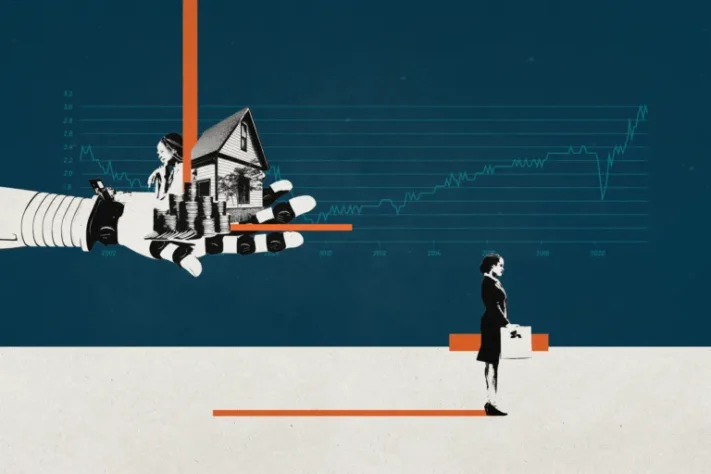Is The Great Resignation a myth? Before you buy into the narrative that it’s a result of the pandemic, let’s take a closer look with perspective from talent experts.
Talent is always top of mind for CEOs and Founders. Leaders spend many sleepless nights thinking about how to access and attract great talent. When a record number of quits happened in the wake of 2020, it quickly became the number one concern for employers across the globe.
Records from the Bureau of Labor Statistics show that since April 2021, 33 million people have left their jobs. Many of those who exited didn’t have another job lined up. So, what drove a fifth of the American workforce to quit?
“Though the pandemic helped catalyze The Great Resignation, it’s truly the result of mediocre corporate cultures.”
Simon Sinek
What does the data say?
Chris Allen, Founder & Principal of Always About People (AAP), isn’t surprised about the worsening quit rates. During a discussion on our Let’s Go! podcast, he points out that data from the past 20 years shows resignations peak at certain times.
There was a significant dip in mid 2008 to mid 2009 right after the recession, and it started to peak after. Similarly, data shows that right after the pandemic started, we headed toward another big dip, which has been trending upward again in the past 12 months — resulting in what’s currently dubbed as “The Great Resignation.”

Chris maintains that branding the high attrition rates with an alarming moniker and relating it to the pandemic is a cheap way to ignore organizational issues within companies.
The truth about The Great Resignation is that “it gives leaders an easy way to explain what we are seeing instead of addressing it head-on and looking internally at what’s lacking in their organizations, driving these employees away.”
How do we solve the attrition problem?
In September of 2021, a Mckinsey & Co. study showed that there is a great disconnect between what employees and employers value. The study, based on 5,774 employees and 250 managers specializing in talent, found that employees want to feel like they belong. The study revealed that interpersonal connections mean a lot to employees and reduce turnover.
On the other hand, employers look at factors like compensation and work–life balance to address turnover. In reality, the questions they should be asking are: “Are we making our people feel valuable? Are we doing everything we can to make them feel a sense of belonging?”
One of the solutions Chris highlights is community. He says that leaders need to “help people feel like they belong to something bigger than themselves. People need to know when they are part of the community.” Ensuring that everything you do involves human to human interaction will dispel attrition in the workplace.
We know that the truth about The Great Resignation is hard to swallow, but necessary if we want to break the cycle. Being passionate about your people and investing in relationships goes a long way in getting them to stay.
Are you struggling with a mass exodus of talent in your business? You aren’t alone. In fact, we’ve helped many of our clients identify the sources of their retention issues and rebuild their next-level teams.
If you could use expert advice from someone who’s been there and done that, let’s talk. Or, subscribe to our Youtube channel for more talent advice.


